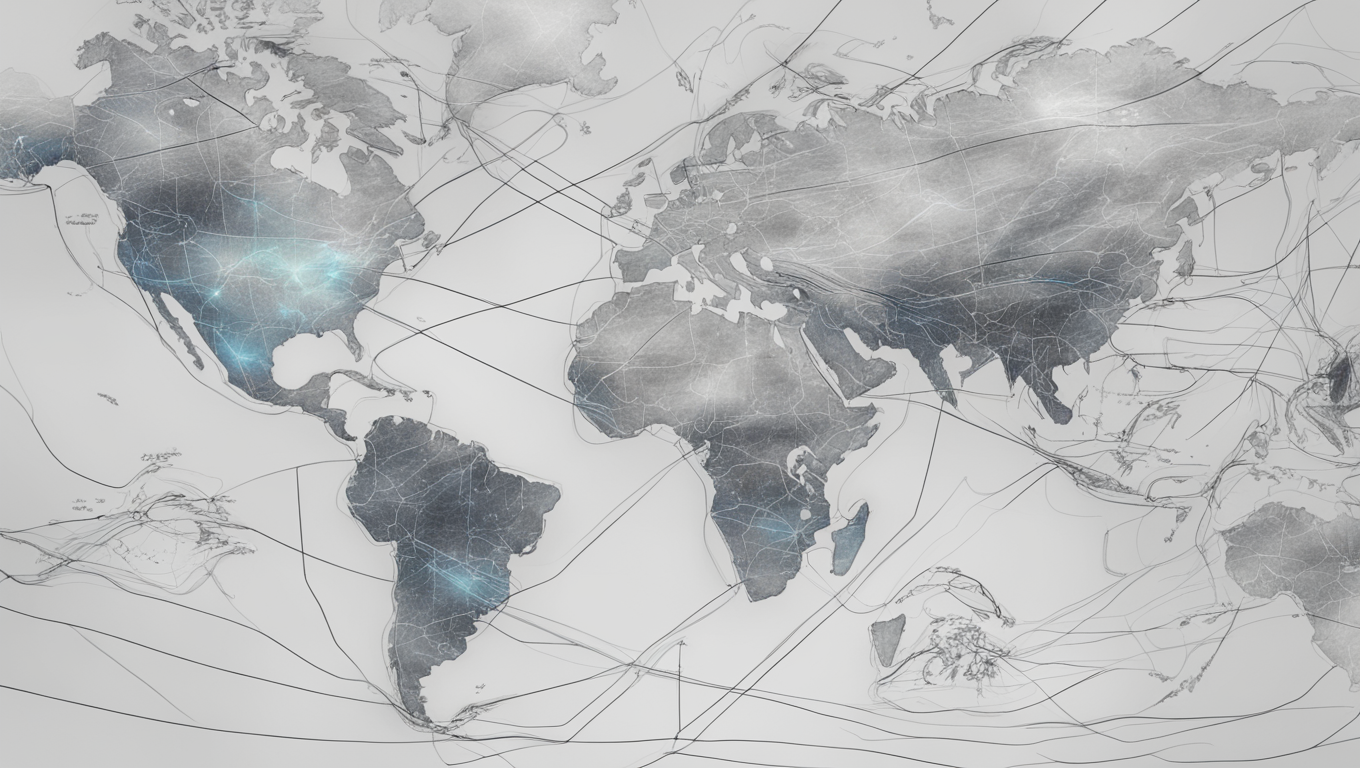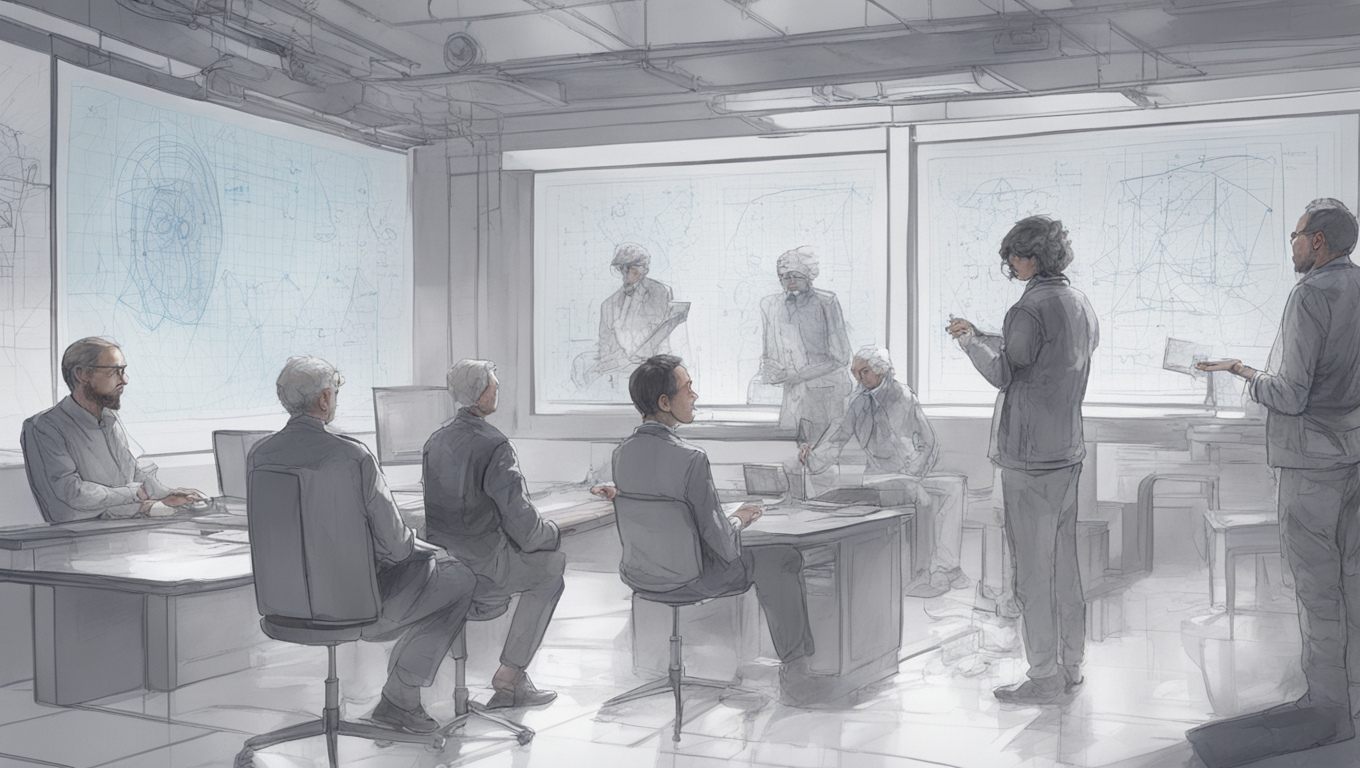Artificial intelligence (AI) has once again demonstrated its incredible capabilities, this time in the field of weather forecasting. A recent study published in the journal npj Climate and Atmospheric Science reveals that AI models developed by tech giants like Google, Nvidia, and Huawei can accurately predict the path and intensity of major storms.
The researchers focused their analysis on Storm Ciaran, which wreaked havoc in northern and central Europe in November 2023. They compared the AI models' predictions with those made by traditional physics-based models and found that the AI models performed remarkably well.
“AI is transforming weather forecasting before our eyes,” says Professor Andrew Charlton-Perez, who led the study. “Two years ago, modern machine learning techniques were rarely applied to make weather forecasts. Now, we have multiple models that can produce 10-day global forecasts in minutes.”
Not only were the AI models able to predict the storm’s rapid intensification, but they could also track its path up to 48 hours in advance. In fact, the accuracy of these ML-based forecasts was “indistinguishable” from that of traditional models.
What makes this achievement even more impressive is that AI-based forecasts are faster, cheaper, and use less computational power than their traditional counterparts. This could have a significant impact on weather forecasting, enabling quicker and more cost-effective predictions, ultimately leading to better disaster preparedness and response.
The researchers found that the AI models accurately captured the large-scale atmospheric conditions that fueled Storm Ciaran’s explosive development. This includes its position relative to the jet stream, a narrow corridor of strong high-level winds. By understanding these factors, meteorologists and emergency response teams can make more informed decisions and take proactive measures to mitigate the impact of severe weather events.
This breakthrough in AI-powered weather forecasting holds tremendous promise for the future. As climate change continues to contribute to more frequent and intense storms, accurate and timely predictions become increasingly critical. AI models offer a powerful solution to address this challenge.
However, it’s important to note that these AI models are not standalone solutions. Professor Charlton-Perez stresses the importance of combining the strengths of both AI and traditional physics-based models. “While AI can provide rapid predictions, it is still essential to validate those predictions using traditional models,” he says.
The study’s findings highlight the potential of AI to revolutionize weather forecasting. With continued advancements in machine learning and access to vast amounts of data, we can expect even more accurate and precise predictions in the near future. As the world faces the increasing impact of climate change, harnessing the power of AI will be crucial in mitigating its effects and ensuring the safety of communities worldwide.
In the words of Professor Charlton-Perez, “AI is no longer the future of weather forecasting; it is the present.” As we witness the transformative effects of AI in various fields, from healthcare to transportation, it is clear that the possibilities are endless. With the continued development of AI technologies, we can look forward to a future where accurate weather predictions are at our fingertips, helping us better prepare for the storms that lie ahead.





Use the share button below if you liked it.